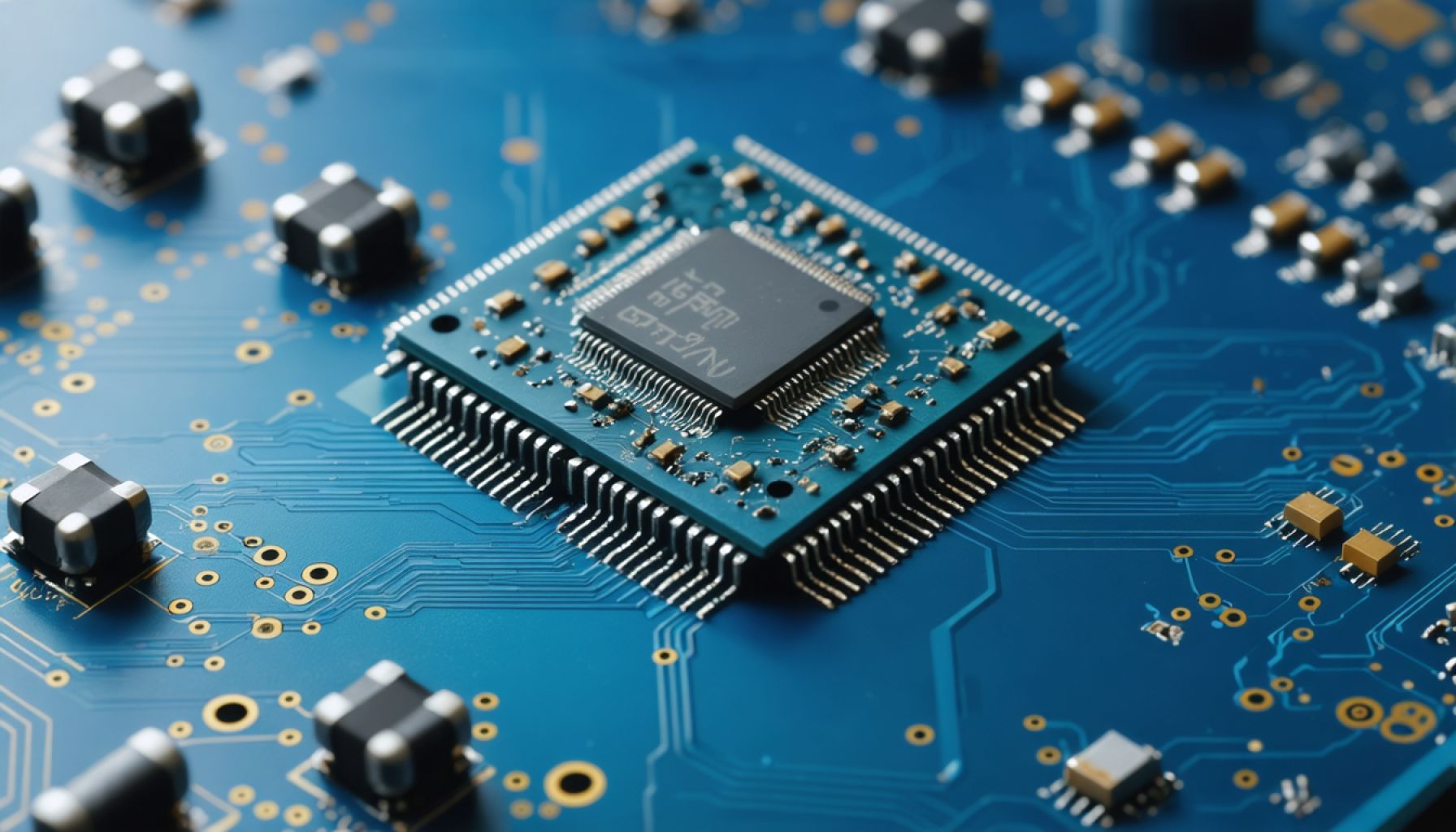- The “pain-on-a-chip” device from Monash and Flinders University offers a new way to objectively measure chronic pain.
- This microfluidic technology targets nociceptors to identify pain types, such as fibromyalgia and diabetic neuropathy, via blood samples.
- It promises to transform pain diagnosis, shifting from subjective pain scales to precise measurement akin to blood pressure.
- The aim is to alleviate the burden of proof for patients, providing validation and leading to more targeted treatments.
- Researchers envision global clinical application, enhancing chronic pain management and understanding.
- The study in Biosensors and Bioelectronics highlights the potential to revolutionize pain treatment, underscoring human ingenuity and empathy.
Burdened by relentless discomfort and often dismissed because of its invisible nature, those suffering from chronic pain endure a silent struggle. Now, a pioneering breakthrough from the scientific community unveils a potential lifeline—a tiny device that might just redefine how we understand and diagnose pain.
Researchers at Monash University, alongside collaborators at Flinders University, have introduced an avant-garde technology they’ve affectionately dubbed as “pain-on-a-chip.” This microfluidic marvel, no bigger than a thumbnail, holds the ambitious potential to do what many thought impossible: objectively measure different types of chronic pain.
This groundbreaking tool zeroes in on cells known as nociceptors—the sentinels of our nervous system that usher in the sensation of pain. By stimulating these cells with patient blood samples, the chip can discern whether the pain originates from fibromyalgia, diabetic neuropathy, or other chronic conditions. Such precision promises a seismic shift in how doctors diagnose and treat pain, moving beyond the subjective pain scale that patients have traditionally relied on.
In bright laboratories bustling with innovation, scientists at the Monash Institute of Pharmaceutical Sciences (MIPS) have labored to transform pain analysis from a guessing game into a science. At the heart of the project, the enthusiastic Professor Nicolas Voelcker envisions a world where pain is quantified with the same clarity as blood pressure or temperature.
Imagine a future where a simple blood test might suffice to decode the mysteries of chronic pain, offering sufferers validation and paving the way for targeted therapies. This chip could unburden patients from the weight of proof, granting them the legitimacy and empathy they’ve long sought.
Dr. Dusan Matusica from Flinders University emphasizes how isolating chronic pain can be, describing the new device as a beacon of hope. It aims to snatch the narrative of chronic pain management away from guesswork and skepticism, replacing it with precision and understanding.
As hopes rise for the evolution of this technology towards everyday clinical application, Associate Professor Nicholas Veldhuis foresees a transformative journey. He dreams of placing this tool in the hands of healthcare providers worldwide, improving countless lives by granting agency and relief to those tormented by unending discomfort.
Published in the esteemed journal Biosensors and Bioelectronics, this study doesn’t just promise advancements in science; it heralds a future where pain is heard, understood, and treated with the dignity it has long been denied. The chip stands not merely as a piece of technology, but as a testament to human ingenuity and empathy, poised to translate the language of suffering into a symphony of healing.
Revolutionizing Chronic Pain Diagnosis: The Future of the ‘Pain-on-a-Chip’
Introduction to the ‘Pain-on-a-Chip’ Breakthrough
Chronic pain, often invisible and misunderstood, afflicts countless individuals, leaving them in a silent struggle for validation. The groundbreaking invention of the “pain-on-a-chip” by researchers at Monash and Flinders Universities offers hope for a future where chronic pain is objectively diagnosed and treated. This innovative device is a microfluidic chip, no larger than a thumbnail, designed to measure pain objectively by analyzing nociceptors—nerve cells responsible for pain signaling.
How the ‘Pain-on-a-Chip’ Works
The device identifies chronic pain sources, such as fibromyalgia and diabetic neuropathy, by stimulating nociceptors with patient blood samples. This innovation could redefine pain diagnosis, allowing for greater precision than traditional subjective scales.
Potential Impact on Pain Management
1. Objective Diagnosis: The chip promises to bring quantifiable metrics to chronic pain diagnosis, much like the measurement of blood pressure or body temperature. This shift could alleviate patients from the burden of proving their pain and foster greater empathy and understanding from healthcare providers.
2. Personalized Treatment: By identifying the specific type of chronic pain, the chip enables the development of tailored treatment plans, potentially increasing the effectiveness of pain management strategies.
Real-World Applications
Clinical Settings: The ultimate goal is to implement this device in medical practices globally, allowing physicians to diagnose and treat chronic pain with unprecedented accuracy.
Research and Development: The chip opens new pathways for pain research, encouraging the development of new therapies and interventions.
Challenges and Considerations
Technical Validation: While promising, the device needs further testing and validation in diverse populations to ensure accuracy and reliability.
Accessibility and Cost: The widespread adoption of this technology hinges on its affordability and accessibility for healthcare systems worldwide.
Industry Trends and Predictions
Technological Integration: As technology advances, integrating the pain-on-a-chip with digital health platforms could enhance remote monitoring and management of chronic pain.
Market Growth: The global pain management market is expected to expand significantly, driven by innovations like the pain-on-a-chip, as more patients seek comprehensive solutions.
Conclusion and Recommendations
To prepare for the integration of this promising technology, healthcare providers should:
– Stay informed about the latest research developments and clinical trials.
– Consider the potential for personalized treatment plans using data from the chip.
– Advocate for patient access and affordability as the technology becomes available.
This breakthrough stands as more than just a technological advancement; it embodies a commitment to understanding and alleviating chronic pain with empathy and precision.
For further information on cutting-edge scientific advances, visit Monash University and Flinders University.
